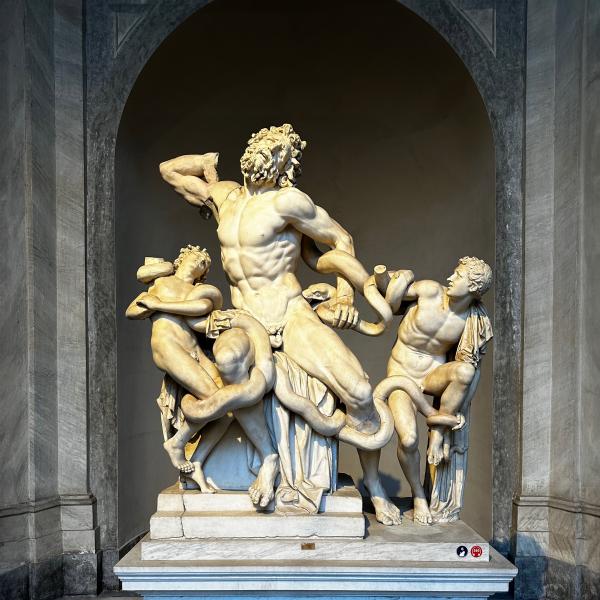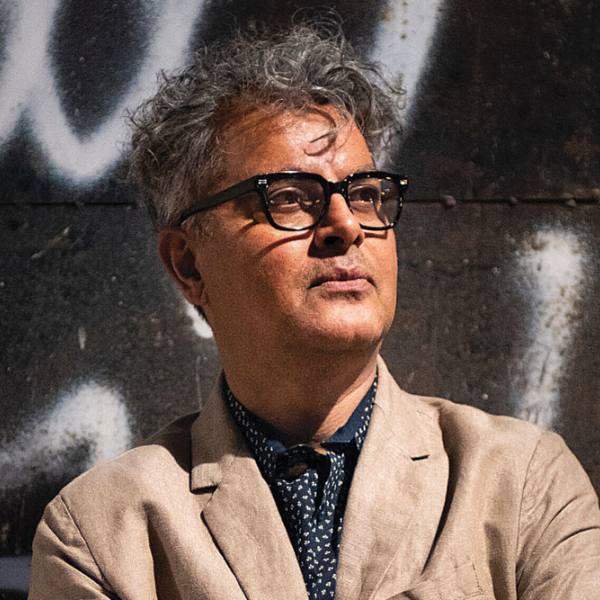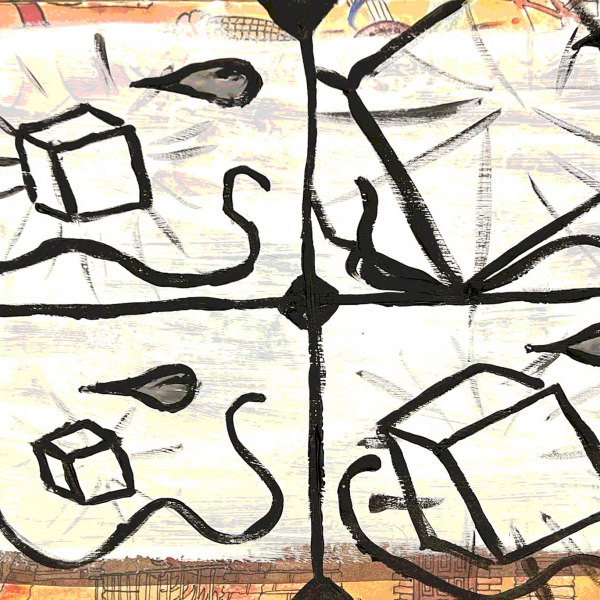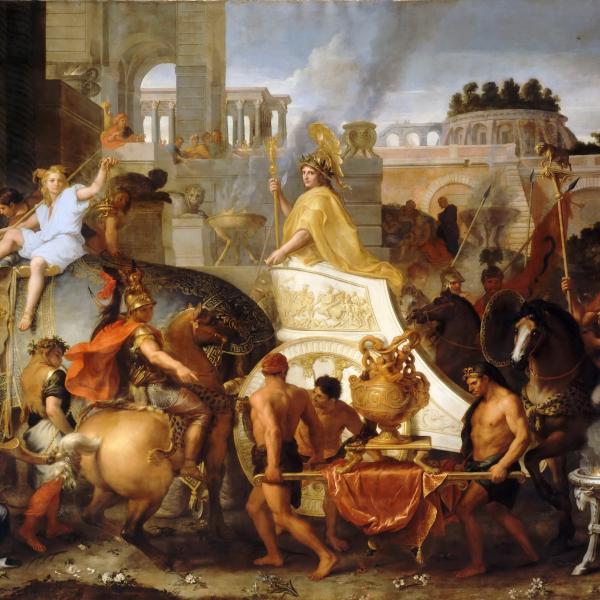Henry Greenspan and Sara Moses shared their research and stories as part of the 2014 Greater St. Louis Humanities Festival, which explored the theme of “Migration and Mobility.” The two presented the program “Holocaust Survivors Rebuilding Their Lives in the United States,” sponsored by the Washington University Center for the Humanities, at the Holocaust Museum and Learning Center in St. Louis.
When the British Allied Forces entered the Bergen-Belsen concentration camp in northern Germany in April 1945, soldiers uncovered a living nightmare. Surrounded by thousands of unburied corpses and inhumane squalor, they found 60,000 seriously ill survivors — among them, 7-year-old Sara Moses, lying on the floor among the dead and dying. Emaciated, undersized and sick with typhus (the same illness that killed Anne Frank at the same camp just weeks earlier), “they initially thought I was a baby,” Moses says. She was one of Bergen-Belsen’s youngest survivors.
Stories of the Holocaust tend to end with this moment of liberation. Gripped by newsreels documenting in grim detail what the Allies found as they liberated camps across Europe, the global community came to understand the Holocaust as images of people at the precipice of death yet somehow enduring.
But for the survivors, liberation was a new beginning.
In the years that followed, how did they rebuild their lives? How did they create homes and families, set down roots? For almost 40 years, Henry Greenspan, PhD, has pursued these questions. A clinical psychologist, author and oral historian at the University of Michigan, Ann Arbor, Greenspan has engaged survivors such as Moses in ongoing, extended conversations about their experiences. (A colleague once observed, “Steven Spielberg wants to interview 50,000 people once [through his Shoah Foundation project]; Hank Greenspan wants to interview the same survivor 50,000 times.” In this way, he aims to “know with” survivors rather than “know from or about” them.)
Survivors after the war
For the first months and years after the war, survivors remained in Europe, Greenspan says. In displaced persons (DP) camps or returning home to search for loved ones and friends, it was a time of transit, a “time out of time.” Only then did most survivors begin to make sense of their experience and the larger context in which it took place. It was a time of grief, shock and nightmare.
“At the same time, there was a sense of giddiness,” Greenspan says. “Everyone was getting married. There were also stories, jokes, humor about the war. Survivors say it was as if they led more than one life at once.”
A new start in America
More than 140,000 survivors moved to the United States between 1946 and 1954, including Moses, her father, her stepmother, and her younger half-brother. (Moses lost her mother to the Treblinka extermination camp when she was 5 years old; her father remarried in the DP camp after the war.) In 1949, Jewish Family Services placed Moses’ family in St. Louis, home to a thriving shoe industry and the best employment prospect for the family’s cobbler patriarch.
“My father had heard of this paradise called America,” Moses recalls. Moses was similarly eager to start new in the United States. Only 6–11 percent of Europe’s prewar population of Jewish children survived, compared with 33 percent of adults, so Moses often found herself without peers. “I dreamed of making American friends,” she says. On the same day the family’s boat docked at Boston Harbor, they left for St. Louis.
Holocaust survivors immigrating to the U.S. faced typical newcomer experiences, such as learning the difficult English language, having an easily identifiable accent, and navigating an entirely new culture, Greenspan says. He cites a rich genre of “greener” jokes as evidence of the tribulations the immigrants faced.
“The language barrier was the hardest,” Moses says. “Shopping, buying necessities, communicating what we wanted was very difficult. Sometimes, when we went shopping for potatoes and bread, we ended up with lemons and shoe polish.”
Language also initially kept Moses from the friends she so desperately wanted. When she arrived at her first American school, she didn’t speak a word of English. “Even when other children reached out with smiles or friendly gestures, language was still a barrier,” she says. “This was my chance to have friends, but I felt so isolated and alone.”
Though she was placed in a fifth-grade classroom, Moses started with kindergarten-level and comic books to learn English. “Veronica, Jughead, Archie and Betty were my first American friends,” she says. She eventually earned the role of family interpreter.
When she was finally able to communicate, she fell into a typical American life. “We were playing tag, running in the streets,” she says. “I walked to school with my best friend. I felt like the American girl I always wanted to be. But I still felt like a refugee, a survivor, shaped by the losses of the Holocaust.”
Psychological aftermath
In his new St. Louis home, Moses’ father, who had survived the Buchenwald concentration camp, feared people would discover the family’s Jewish identity, and even changed their surname. Once, he confiscated a necklace Moses’ friend had given her because it bore the Star of David. “I was really angry but later understood he was protecting our family,” she says. “My father was a broken man, with a short fuse, easily agitated, easy to cry, and suffered from night terrors.”
The lifelong psychological effects of the Holocaust on survivors has been of interest to social scientists from the start, Greenspan says, though they didn’t have a framework for understanding it. Even now, he says, “we deal mostly in a few stock images: trauma, guilt, ‘triumph of the human spirit.’ We actually have no idea, psychologically, how it is possible to go through such experiences and come out at least relatively ‘normal.’ Survivors themselves often wonder about it: ‘It’s not normal to be so normal!’ I often say that psychology has much more to learn from survivors than the other way around. Every basic category that we take for granted — the lines between reality and fantasy, being alive and being dead, etc. — are challenged radically when we engage survivors seriously.”
Survivors share a common sense of profound loss, Greenspan says: “It’s what being a survivor means: ‘I’m still here; they are not.’” Along with that, he says, “survivors know in their core that people can be erased from the planet for no sane reason. Even moments of greatest affirmation may co-exist with a kind of doubt (which shows itself in a distracted look, a small shrug) as though to say that there is a sense in which all is kind of pretend.”
Moses lives the duality. “There are two lives,” she says. “I am a proud American. I live as most Americans do. But, I’m a European at heart. All my experience of my other life is still with me. To certain people, I’m sometimes misunderstood. I express myself passionately. I had to be silent during the Holocaust. It was dangerous to express myself in the camps, in the ghetto, in my family. One I got therapy, I began to ‘let it rip.’”
Reflecting on survivors’ post-Holocaust experience and the reconciliation between their previous lives and their new ones, Greenspan quotes his friend and co-author Agi Rubin, herself an Auschwitz survivor: “The life I was made to leave is gone; I’m alive in another life.”




